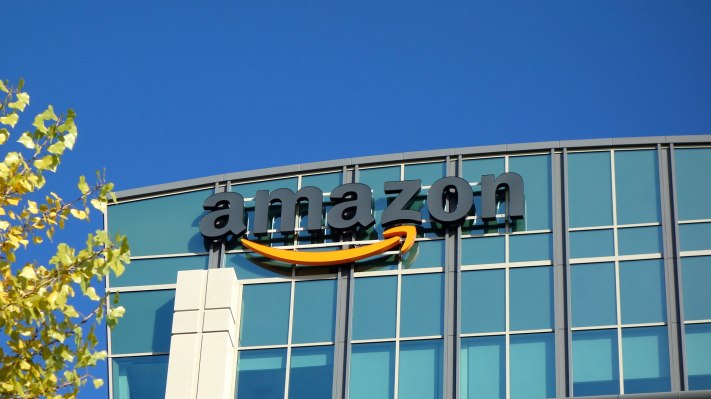Amazon has postponed its much-anticipated entry into Southeast Asia. The company initially planned to launch local e-commerce services in Singapore during the first quarter of this year, as we reported in November, but two sources with knowledge of the plans told TechCrunch that the schedule has slipped to “later this year.”
Amazon did not respond to multiple requests for comment.
The Singapore launch project has been fairly guarded within Amazon itself; details of the initiative are not widely known by Amazon staff in the region, but it appears that the groundwork required to set up its business has taken longer than the company originally anticipated. The initial launch market hasn’t changed, though, and it remains Singapore, since the country has a number of elements that favor e-commerce. That includes higher ownership of credit cards, wider internet penetration, more established logistics and delivery networks and a clearer environment for business compared with other parts of Southeast Asia.
In an interesting recent twist, it looks like Amazon is gearing up to launch in Australia first. ABC News reported that Amazon has hired a team of more than 100 in Sydney to kick things off in the country.
Amazon declined to comment on its plans for the Australian market.
Nonetheless, Amazon’s eventual entry to Southeast Asia will create a new front for its battle with Alibaba, which purchased a major share in regional e-commerce firm Lazada for $1 billion last year and is already fighting Amazon in India, where it has a major stake in e-commerce and payments firm Paytm. Lazada, which was initially created by Rocket Internet, extended its reach into e-groceries with a deal to acquire Singapore-based service Redmart. That could prove to be a strategic move as TechCrunch understands that Amazon plans to introduce grocery deliveries, among other services, when it finally debuts in Singapore. Amazon made an offer to acquire Redmart months before a deal with Lazada was concluded, but that bid was judged to be too low, a source with knowledge of discussions told TechCrunch.
Southeast Asia is an increasingly attractive market for tech companies in China and beyond, which are beginning to dip their toes via investments. The region counts a cumulative population of more than 600 million consumers, with e-commerce tipped to surge as more people come online and the middle class grows. A 2016 report co-authored by Google estimates that e-commerce spending across the region will reach $88 billion by 2025 thanks to a compound annual growth rate of 32 percent.
